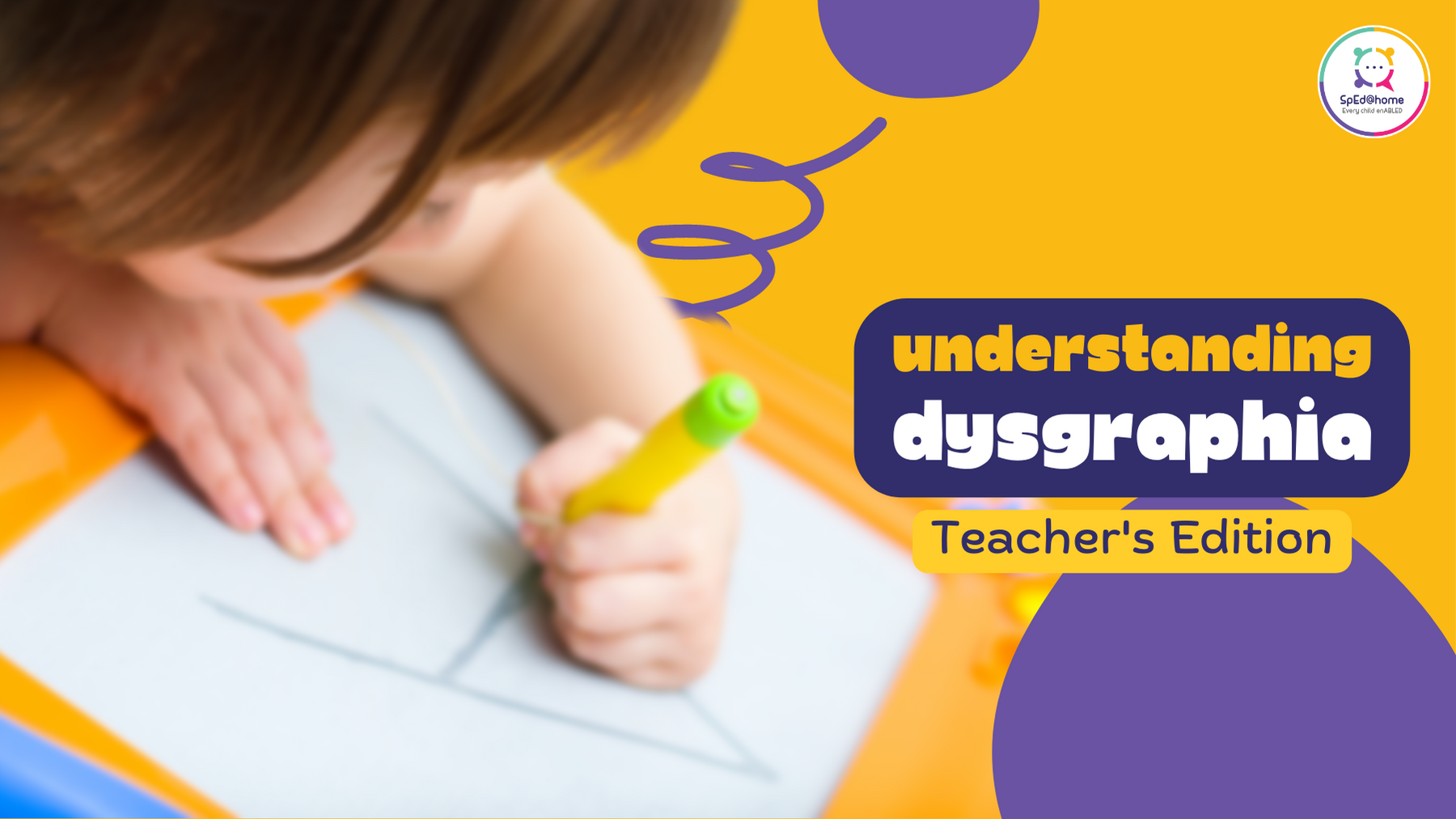Dysgraphia is described as a learning disorder that affect an individual’s learning abilities. It doesn’t just impact the basic act of writing, but it is where an individual finds it difficult to process a thought and express it in writing. As writing is a mandatory activity in any educational institution, being diagnosed with Dysgraphia can be quite the source of anxiety.
Read on for important symptoms of Dysgraphia that teachers should keep a look out for.
Awkwardly gripping the pen: One of the earliest of Dysgraphia is holding/gripping a pen or crayon in an awkward way. Individuals displaying this sign also tend to avoid activities involving writing or coloring. Since writing is taught to individuals from the early ages of their life, it is important to identify and arrest Dysgraphia as soon as it is noticed.
Writing errors: Children in early schooling years tend to make simple spelling errors. However, Child diagnosed with Dysgraphia experience a severe form of spelling errors along with having almost illegible handwriting. They also have difficulties differentiating between capital and small letters and inconsistent spelling mistakes.
Inability to express intelligence in writing: A major symptom that points towards Dysgraphia is the inability of being able to transfer intelligence when it comes to written performance. This makes it clear that an otherwise intelligent student may be facing difficulties when trying to express themselves in writing.
Teachers are advised to keep a close eye on students to identify the early signs of writing developmental disorder. In case you notice any such student, it is best to refer them to a specialist for an accurate assessment of the same. Spotting it in time and designing a lesson plan that works on this problem area go a long way in helping students cope with Dysgraphia.
To book an assessment, get in touch with Sped@home today. Every Child EnAbled.














